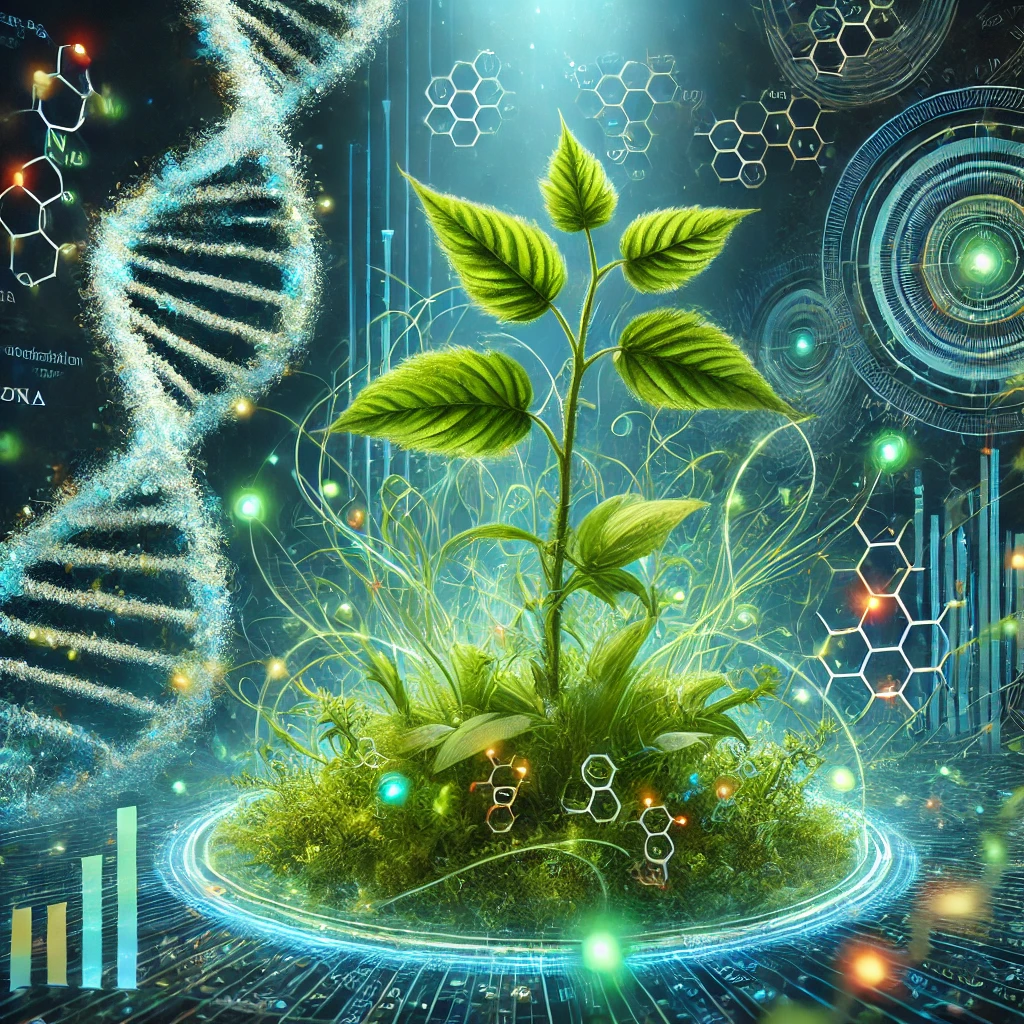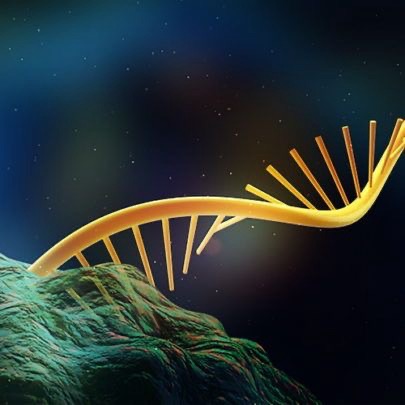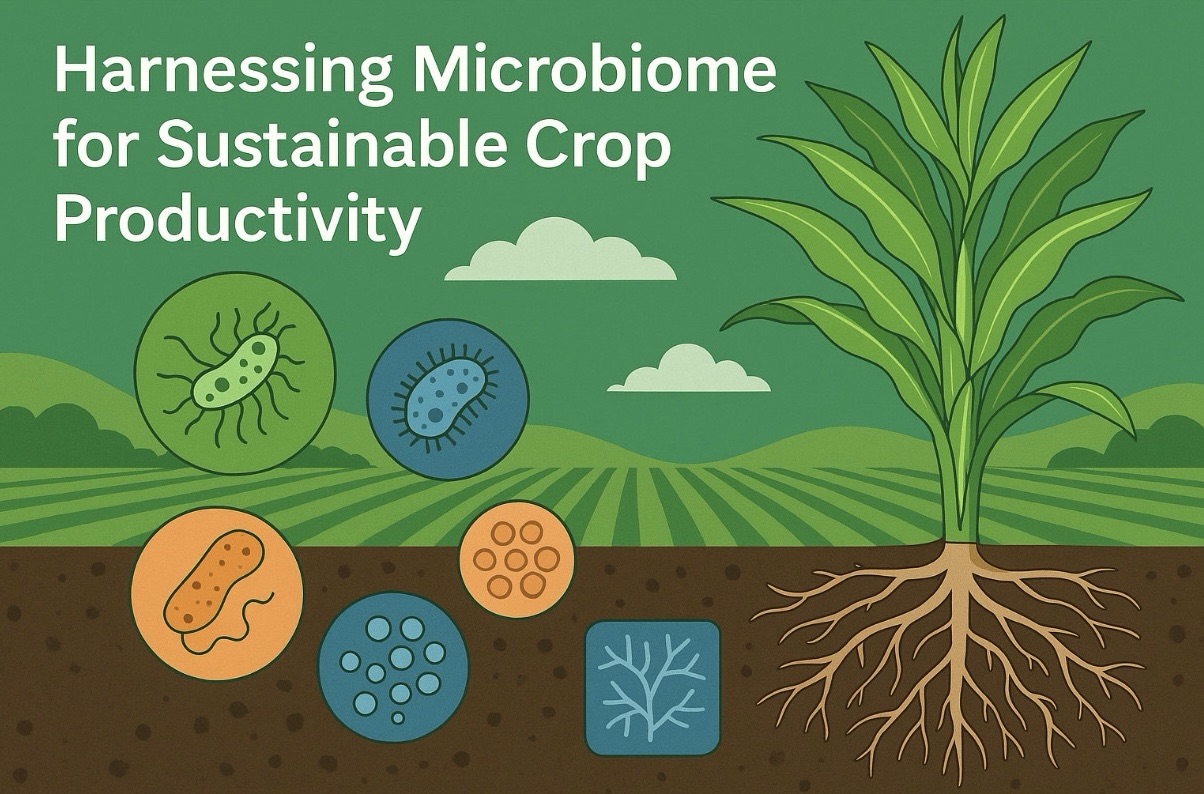Introduction
Epigenetics refers to heritable changes in gene expression that do not involve alterations in the DNA sequence. In plants, these modifications play a crucial role in regulating development, stress responses, and adaptation to environmental conditions. Unlike animals, plants exhibit a high degree of epigenetic plasticity, allowing them to respond dynamically to external stimuli. The key mechanisms of plant epigenetics include DNA methylation, histone modifications, and RNA-mediated gene silencing. These processes collectively regulate gene expression, influence chromatin structure, and ensure genome stability.
Epigenetic Mechanisms in Plants
One of the most well-studied epigenetic modifications in plants is DNA methylation, which involves the addition of a methyl group (-CH₃) to cytosine bases. In plants, methylation occurs in three sequence contexts: CG, CHG, and CHH (where H represents A, T, or C). DNA methyltransferases such as MET1 and CMT3 are responsible for maintaining these methylation patterns. DNA methylation is critical for silencing transposable elements (TEs) and regulating gene expression. It also ensures genome stability and can be inherited across generations, influencing plant traits over time.
Histone modifications are another fundamental epigenetic mechanism in plants. Histones are proteins around which DNA is wrapped to form chromatin, and their chemical modifications influence chromatin structure and gene activity. Histone methylation can either activate or repress gene expression, depending on the specific site of modification. For example, H3K4me3 is associated with active genes, while H3K9me2 and H3K27me3 are linked to gene repression. Histone acetylation, on the other hand, generally promotes gene activation by loosening chromatin structure, making it more accessible to transcription factors. Enzymes such as histone methyltransferases, demethylases, acetyltransferases, and deacetylases regulate these modifications in response to developmental and environmental cues.
RNA-mediated gene silencing, particularly through small RNAs, is a crucial epigenetic regulatory pathway in plants. Small RNAs, including microRNAs (miRNAs) and small interfering RNAs (siRNAs), guide gene silencing through two main mechanisms. In post-transcriptional gene silencing (PTGS), miRNAs bind to messenger RNAs (mRNAs), leading to their degradation or translational repression. In transcriptional gene silencing (TGS), siRNAs direct DNA methylation and histone modifications, reinforcing gene silencing at the chromatin level. This pathway is essential for defending the plant genome against viral infections and controlling the activity of transposable elements.
Biological Significance of Epigenetics in Plants
Epigenetic modifications play a vital role in plant development by regulating key processes such as seed germination, flowering, and organ differentiation. For instance, the flowering time regulator FLC (FLOWERING LOCUS C) in Arabidopsis is epigenetically controlled by histone modifications and non-coding RNAs, allowing plants to flower at the appropriate time in response to environmental signals. Similarly, DNA methylation and histone modifications are involved in the regulation of seed dormancy and germination, ensuring that seeds sprout under favorable conditions.
One of the most fascinating aspects of plant epigenetics is its role in stress responses. When exposed to abiotic stresses such as drought, salinity, or temperature extremes, plants modify their epigenetic landscape to activate stress-responsive genes while suppressing unnecessary metabolic pathways. For example, drought stress in rice and Arabidopsis triggers changes in DNA methylation patterns and histone modifications, leading to the activation of genes involved in water conservation and stress tolerance. Moreover, epigenetic modifications can be inherited across generations, a phenomenon known as transgenerational epigenetic inheritance. If a parent plant experiences stress, it may pass on epigenetic marks to its offspring, providing them with a preconditioned response to similar environmental challenges.
Epigenetics also plays a significant role in plant-microbe interactions. Plants establish symbiotic relationships with beneficial microbes, such as nitrogen-fixing bacteria and mycorrhizal fungi, through epigenetically regulated gene expression. On the other hand, epigenetic modifications help plants defend against pathogenic infections by activating immune response genes. In some cases, pathogenic microbes can manipulate the host’s epigenome to suppress defense mechanisms, leading to disease susceptibility.
Applications of Epigenetics in Agriculture and Crop Improvement
Understanding plant epigenetics has opened new possibilities for improving crop resilience and productivity. One promising application is epigenetic breeding, where crops with desirable traits are selected based on stable epigenetic modifications rather than genetic mutations. This approach has been particularly useful in developing stress-resistant varieties of rice, wheat, and maize.
Epigenome editing is an emerging technique that allows targeted modifications of DNA methylation and histone marks to control gene expression without altering the genetic code. This method has been successfully used to enhance drought tolerance, increase yield, and improve nutrient content in crops. Unlike traditional genetic modification (GM) approaches, epigenome editing does not introduce foreign DNA, making it more acceptable for regulatory approval and public acceptance.
Seed priming with epigenetic modulators is another practical application in agriculture. Treating seeds with specific chemicals or environmental cues before planting can induce beneficial epigenetic modifications that enhance germination, stress tolerance, and yield. For example, priming wheat and rice seeds with mild heat or salinity stress can trigger epigenetic memory, allowing plants to better withstand future stress conditions.
Epigenetic insights are also being utilized in plant conservation and restoration efforts. By understanding how epigenetic mechanisms contribute to plant adaptation, conservationists can develop strategies to protect endangered plant species and restore degraded ecosystems. In the context of climate change, epigenetics offers a powerful tool for developing crops that can thrive under changing environmental conditions.
Conclusion
Epigenetics in plants represents a dynamic and reversible layer of gene regulation that influences development, stress responses, and adaptation. Through mechanisms such as DNA methylation, histone modifications, and RNA-mediated gene silencing, plants can fine-tune their gene expression in response to internal and external cues. These modifications not only affect individual plant performance but can also be inherited across generations, shaping plant evolution and adaptation.
The study of plant epigenetics has significant implications for agriculture, offering novel approaches for crop improvement, stress resilience, and sustainable food production. As research in this field advances, epigenetic technologies will play a crucial role in addressing global challenges such as climate change, food security, and environmental sustainability. Understanding and harnessing the power of epigenetics will undoubtedly lead to innovative solutions for enhancing plant productivity and resilience in the face of a rapidly changing world.
References
1. Zhang, H., Lang, Z., & Zhu, J. K. (2018). Dynamics and function of DNA methylation in plants. Nature Reviews Molecular Cell Biology, 19(8), 489–506. https://doi.org/10.1038/s41580-018-0016-z
2. Law, J. A., & Jacobsen, S. E. (2010). Establishing, maintaining and modifying DNA methylation patterns in plants and animals. Nature Reviews Genetics, 11(3), 204–220. https://doi.org/10.1038/nrg2719
3. Pikaard, C. S., & Mittelsten Scheid, O. (2014). Epigenetic regulation in plants. Cold Spring Harbor Perspectives in Biology, 6(12), a019315. https://doi.org/10.1101/cshperspect.a019315
4. Zilberman, D., Gehring, M., Tran, R. K., Ballinger, T., & Henikoff, S. (2007). Genome-wide analysis of Arabidopsis thaliana DNA methylation uncovers an interdependence between methylation and transcription. Nature Genetics, 39(1), 61–69. https://doi.org/10.1038/ng1929
5. Kouzarides, T. (2007). Chromatin modifications and their function. Cell, 128(4), 693–705. https://doi.org/10.1016/j.cell.2007.02.005
6. Mirouze, M., & Paszkowski, J. (2011). Epigenetic contribution to stress adaptation in plants. Current Opinion in Plant Biology, 14(3), 267–274. https://doi.org/10.1016/j.pbi.2011.03.004
7. Baulcombe, D. C., & Dean, C. (2014). Epigenetic regulation in plant responses to the environment. Cold Spring Harbor Perspectives in Biology, 6(9), a019471. https://doi.org/10.1101/cshperspect.a019471
8. He, G., Elling, A. A., & Deng, X. W. (2011). The epigenome and plant development. Annual Review of Plant Biology, 62, 411–435. https://doi.org/10.1146/annurev-arplant-042110-103806
9. Hirsch, S., Baumberger, R., & Grossniklaus, U. (2012). Epigenetic variation, inheritance, and selection in plant populations. Cold Spring Harbor Symposia on Quantitative Biology, 77, 97–104. https://doi.org/10.1101/sqb.2012.77.014944
10. Springer, N. M., & Schmitz, R. J. (2017). Exploiting induced and natural epigenetic variation for crop improvement. Nature Reviews Genetics, 18(9), 563–575. https://doi.org/10.1038/nrg.2017.45










